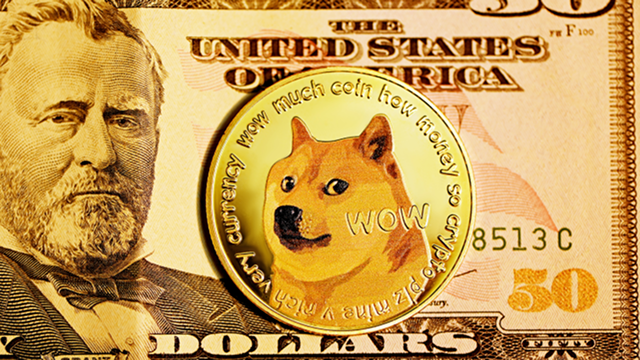Dogecoin, the cryptocurrency born from internet satire, has transformed into one of the most discussed digital assets worldwide. Despite its playful origins, the coin’s market performance is anything but lighthearted—its price has been subject to dramatic swings driven by speculation, hype, and social sentiment. Unlike Bitcoin or Ethereum, Dogecoin’s valuation depends heavily on external triggers such as celebrity endorsements, online chatter, and concentrated ownership. Its inflationary design further compounds instability. For investors and analysts, understanding these forces is essential not only to grasp Dogecoin’s unique volatility but also to appreciate the broader implications of sentiment-driven assets within global financial markets.
Speculation as the Primary Driver
At the heart of Dogecoin’s volatility lies speculative trading. With relatively low barriers to entry, the coin attracts retail investors seeking rapid gains. Sudden buying sprees, often triggered by social momentum, push prices upward before equally abrupt corrections set in. This cyclical pattern reflects the absence of strong institutional backing, leaving Dogecoin especially vulnerable to market mood swings.
The Power of Social Media Influence
Dogecoin is uniquely sensitive to online narratives. High-profile mentions from influencers—most notably Elon Musk—have triggered meteoric rallies, only to be followed by equally steep declines once attention wanes. In this sense, Dogecoin’s market performance mirrors internet culture, where trends surge and fade at extraordinary speed.
Utility and Adoption Limitations
Unlike cryptocurrencies engineered with robust applications, Dogecoin’s practical usage remains narrow. While it is occasionally employed for tipping or small digital payments, it lacks meaningful integration into global commerce. This limited utility makes its valuation disproportionately dependent on speculative enthusiasm rather than real-world demand.
Concentrated Ownership and Whale Movements
A small group of wallets controls a substantial portion of Dogecoin’s supply. These large holders—or “whales”—possess the power to move markets through significant transactions. Such concentrated ownership introduces structural instability, as even modest shifts in whale activity can ripple through the market, unsettling retail investors.
Inflationary Supply Mechanism
Dogecoin’s tokenomics add another layer of unpredictability. Unlike Bitcoin’s capped supply of 21 million, Dogecoin operates on an inflationary model with continuous issuance. This constant expansion of supply can dilute value over time, especially when demand does not scale proportionally, thereby exacerbating its volatility.
Broader Market Lessons
Dogecoin serves as a case study in how digital assets fueled by community enthusiasm and internet culture can defy traditional valuation frameworks. For investors, its trajectory underscores the importance of recognizing the risks tied to sentiment-driven assets. Rather than functioning as a stable store of value, Dogecoin exemplifies the speculative nature of emerging cryptocurrencies, highlighting the tension between novelty and long-term sustainability.
